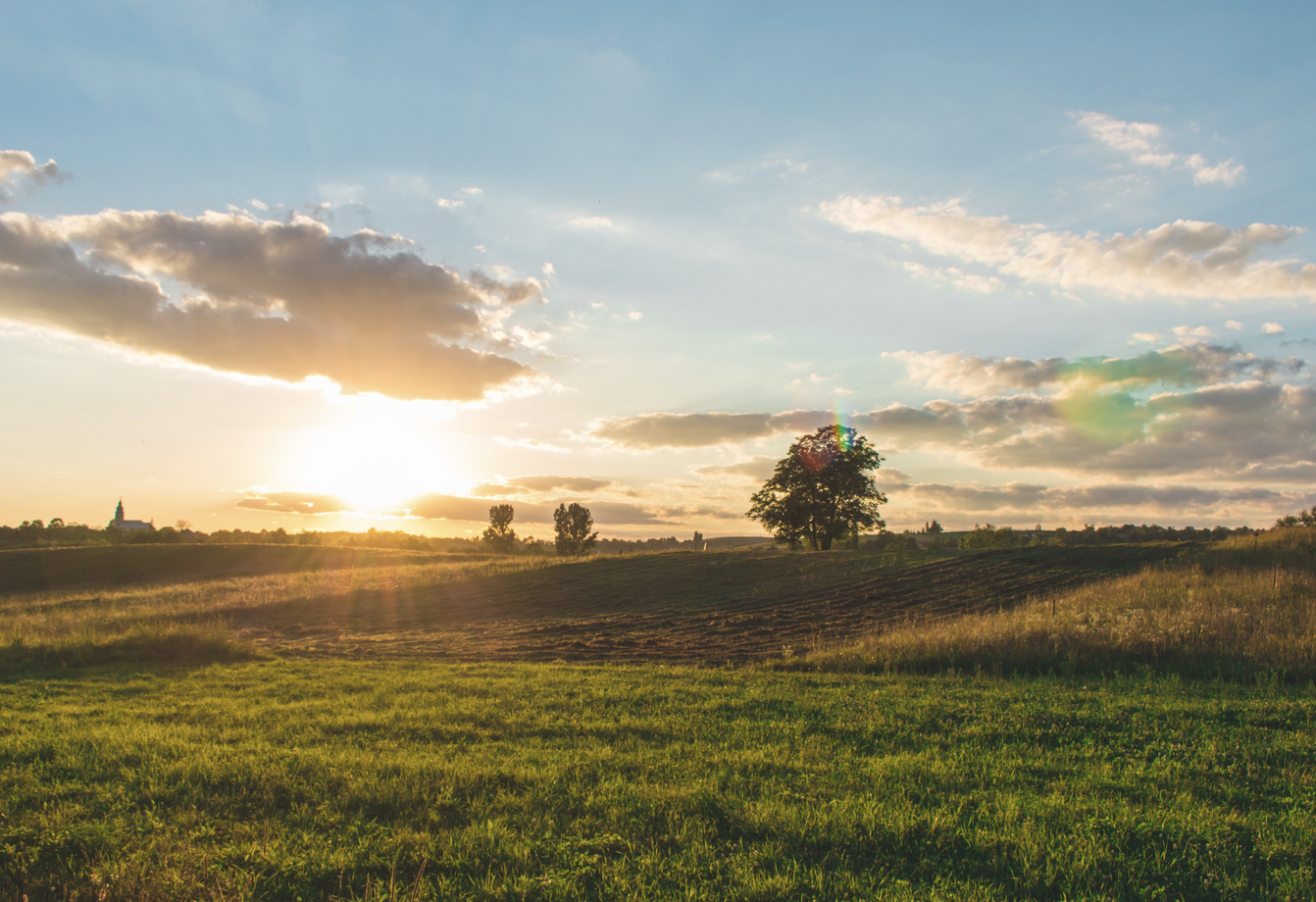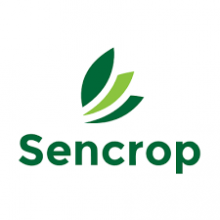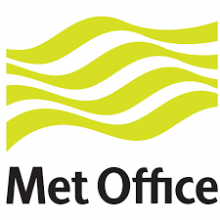Weather and weather forecasting are critical for agriculture, as they can have a major impact on crop yields and farming operations. In order to maximize crop yields, farmers need to be able to anticipate and prepare for changes in the weather, such as extreme temperatures, precipitation, and storms. This is where weather forecasting comes in. By using data from satellites, weather stations, and other sources, meteorologists can create forecasts that help farmers make decisions about when to plant, irrigate, and harvest their crops. This can help farmers avoid losses due to poor weather, and can also help them take advantage of favorable conditions. Additionally, accurate weather forecasting can help plan for the long-term, by allowing decisions about what crops to plant and where to plant them based on long-term weather patterns. Overall, weather forecasting plays a crucial role in helping farmers manage the risks and maximize the rewards of agriculture.
This summary was written by OpenAI's ChatGPT - If you can do better then please Join and Edit the page.
Connect here for useful services in measuring & predicting weather. Join as a steward if you would like to help write a wikipedia style summary for this page.






Discussion
Summer weather outlook: Long-term forecast released for the 2022 growing season
Our recent forecast update reveals that Southeast England is more likely to be drier than the past five years from 2017 to 2021 during June.
July shows an overall increase in the risk of heavier rainfall events across the United Kingdom.
Warmer-than-average conditions are expected in the north, while most of the period from June to July 2022 is likely to be in the near-average category.